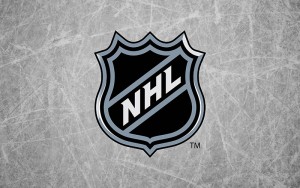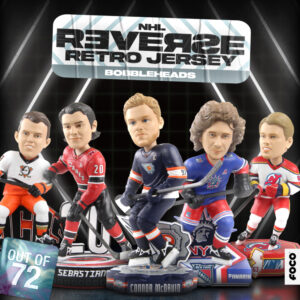The 2017-18 NHL season is right around the corner. Teams will head to training camp in the next couple of weeks and before you know it, fans will start to fill the seats for preseason games ahead of the season starting in October. But before the season starts, let’s talk about some of the important rule changes that will be in play this season.
1.Failed Off-Side Challenges Will Cost You
The ability to challenge off-side calls are relatively new. At first I didn’t like it because it undermined the tremendous work the linesmen do game in and game out. As an official myself, I understand just how lightning fast plays at the blue line are and things happen so fast that the naked eye simply cannot catch up. Watching a game between the Bruins and Sabres on a Wednesday night is different than your son’s 10:00 am Squirt game on Saturday morning.
No matter if it was goaltender interference or off-sides when the coach challenged a call the consequence was the same: the loss of a timeout. That hasn’t changed for goaltender interference reviews. But beginning this season if you challenge a play a the blue line and fail to get it overturned, you will now be penalized. This will put pressure on not only coaches on deciding to challenge a play that caused a tying or go-ahead goal late in the contest, but the video review coaches better be right when telling a coach to review a play. Because if he’s wrong, that team will not only be down a goal but they will be shorthanded as well.
2. No More Timeouts After Icing
It was only a matter of time before the league put the kibosh on this. We’ve seen this in the modern (2004 Lockout- Present) era of the NHL where teams can’t line change after icing the puck. We’ve seen many situations where our favorite team took advantage of a gassed opponent and scored in the attacking zone when the other team couldn’t get a change. Same goes for allowing a key goal when our team iced the puck and couldn’t get the puck out of the zone following the puck drop. So to give the players a little more rest a coach would burn their timeout. That has now come to an end. The team who didn’t ice the puck (the attacking team) can call timeout if they wish but who the hell would do that?
3. Playing a High Stick Provides Territorial Advantage
We all are familiar that if you play your own high stick the ensuing drop will head down to your defending zone. But in 2017-18 a small change has been made if you are on the power play. According to SportsNet’s Elliotte Friedman:
Previously, under Rule 80.4, a team on the power play that was guilty of playing the puck after a high stick saw the ensuing faceoff come deep into their own zone. Now, the team will gain territory (assuming the infraction is in the offensive end). Instead of going all the way down the ice, the faceoff will be in the neutral zone, close to the defending team’s blue line.
This rule change I completely disagree with. I feel that if you play your own high stick, you shouldn’t gain approximately 90′ of ice. That’s almost half the length of the rink itself.
Stay tuned for more changes to the rule book and it’s effect on the ice.


